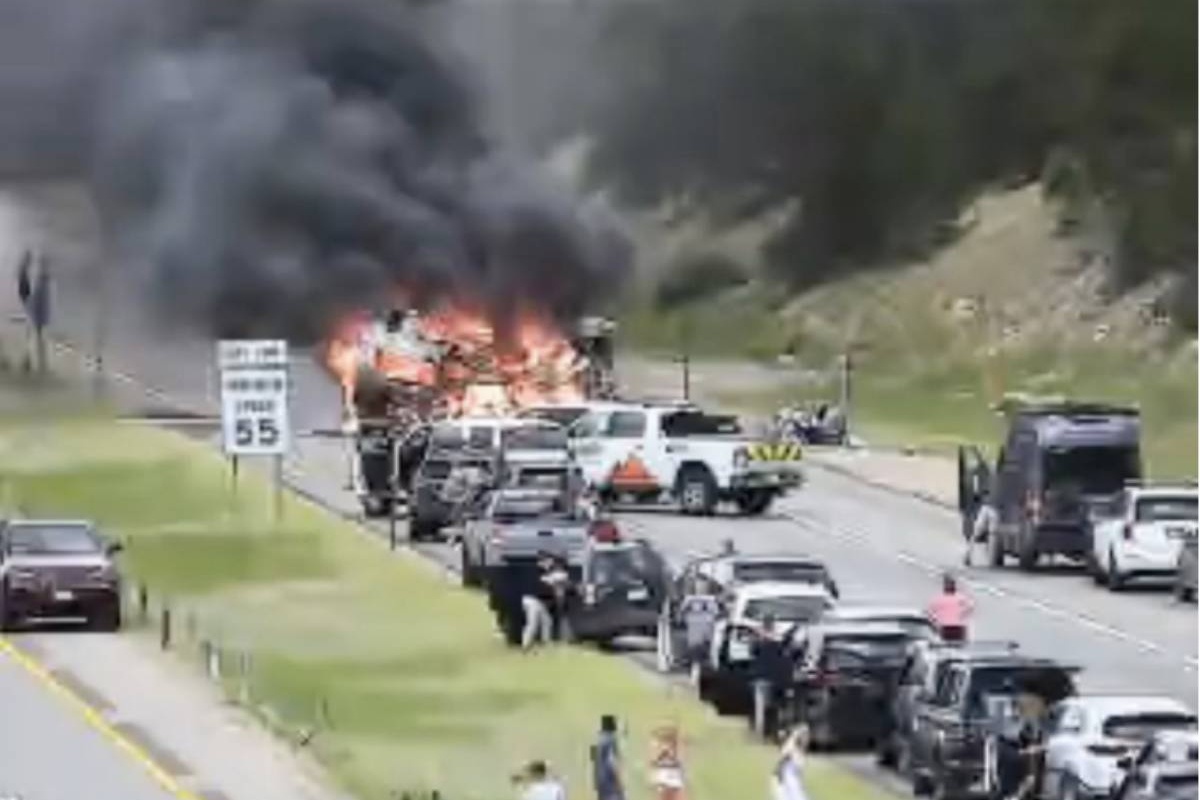

She has many tattoos, swears like a sailor and considers herself a misanthrope. Not the characteristics often associated with a pastor, but Nadia Bolz-Weber is one. She founded The House for All Sinners and Saints, a Lutheran church in Denver.
Bolz-Webber is a former stand-up comedian and had a drinking problem. She's also a New York Times best-selling author for her memoir "Pastrix." Her latest book is called "Accidental Saints: Finding God in all the Wrong People." It's now out in paperback.
Bolz-Weber spoke with Colorado Matters host Ryan Warner.
Related: Pastor Leads A New Brand Of Church For "Sinners And Saints"
Read an excerpt from "Accidental Saints":
Chapter 1 Early in the life of House for All Sinners and Saints, we began a tradition of making “saint cookies” on All Saints’ Sunday. I had scoured the Internet for old or weird practices we could borrow, and I am certain I read something that described how, in Finland or someplace like that, people make saint cookies, little ginger-bread men and women who get handed out as part of the All Saints’ Sunday celebration. I swear that’s what I remember. So when we were baking up our church from scratch, a few folks gathered in my kitchen to bake up some gingerbread men and women from scratch, thinking it was a thing. At one point, I realized that what our little brown saint cookies really needed were halos, obviously, so we painted shiny yellow glaze around the top of each round-headed gingerbread man and woman (which made them look not so much holy as blond). “How about these?” Victoria asked when she arrived, holding up two extra large cookie cutters. She’s always been slightly mischievous for a social worker. I think it’s the red hair. “The cookies for my saints need to be special,” she offered. Before the evening was over, Victoria was proudly showing off two special saint cookies that stood inches above their fellows. One, a woman, had flames of red and yellow licking her skirt, accompanied by big eyes and an open mouth that looked borrowed from Mr. Bill. “Um, Joan of Arc?” I guessed correctly. Next to Joan was a fellow saint, but this one looked like he was wearing a belted one-shoulder caveman outfit and he was missing his head. “Martyred Fred Flint-stone?” I guessed incorrectly. “John the Baptist,” she said proudly. Of course. Victoria volunteered to bring the basket of completed saint cookies to hand out after liturgy the next day. Not surprisingly, they proved to be a great way to bring some levity to what was to be an otherwise heavy liturgy. What we now know is that saint cookies are not a tradition anywhere but House for All Sinners and Saints— at least nowhere I could find when I went back to the Internet later. Apparently, I just dreamed that [crap] up. Victoria’s basket of saint cookies sat on the edge of a long series of draped white tables that lined the wall. Each table was dotted with candles, marigolds, and various remembrances of the dead: The worn soft denim overalls of someone’s granddaddy who was a farmer. An icon of Mary Magdalene. An icon of Cesar Chavez. A photo of a group of friends from the ’80s. A child’s blanket. A shrine that my parishioner Amy Clifford had made for Vincent van Gogh — a small painted box that stood on end, his self-portrait glued to the inside, and ears, one of which was missing a piece, glued to the sides. Apart from those who have fallen in combat, Americans tend to forget our ancestors, and we spend as little time as possible publicly mourning them. But in the church, we do the very odd thing of proclaiming that the dead are still a part of us, a part of our lives, and are even an animating presence in the church. Saint Paul describes the saints as “a great cloud of witnesses,” so when they have passed, we still hold them up, hoping perhaps that their virtues — their ability to have faith in God in the face of an oppressive empire or a failing crop or the blight of cancer — might become our own virtue, our own strength. As I surveyed the basket of saint cookies sitting next to the lovingly arranged photos, shrines, and names simply written on index cards, I was thinking how amazing it is that there’s a holy day when we honor those who have gone before. And then I saw her name. I winced, even though I was the one who had hesitantly written it: Alma White. |









